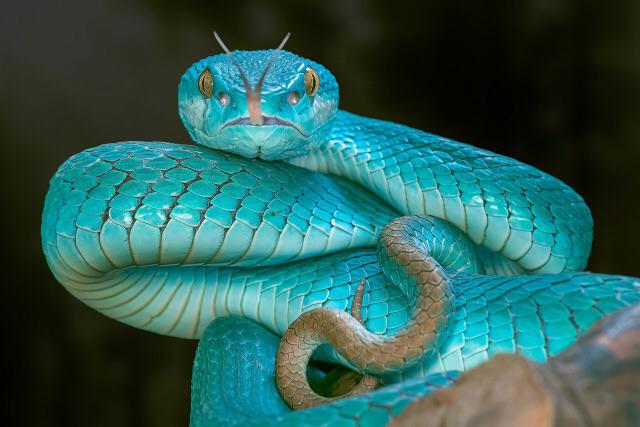
Platypus FAQs: Unveiling the Mystery of the Duck-Billed Oddity
The platypus, a creature that seems stitched together from different animals, has captivated naturalists for centuries. Here are some of the most frequently asked questions about this unique mammal:
1. What is a platypus and where does it live?
The platypus is a monotreme, a mammal that lays eggs! They are found in eastern Australia and Tasmania, inhabiting freshwater rivers and streams.
2. Why does it have a duck-bill?
The platypus’ bill is actually a leathery and sensitive electroreceptor. It uses this bill to locate tiny prey in murky water, like insect larvae and worms.
3. Do they have fur and webbed feet?
Yes! Platypuses have thick, water-repellent fur that keeps them warm in the water. They also have webbed feet for swimming and digging in the mud for food.
4. Are they venomous?
Males have a spur on their hind leg that produces a venom that can cause pain, swelling, and even temporary paralysis in other male platypuses during mating season. This venom is not lethal to humans, though.
5. How do they reproduce?
Unlike other mammals, platypuses lay leathery eggs, typically 1-2 at a time. The female incubates them in a burrow for about two weeks before they hatch.
6. Are platypuses endangered?
Platypuses are currently listed as Near Threatened by the IUCN. However, habitat loss and pollution remain concerns for their long-term survival.
Bonus FAQs:
- Can platypuses swim? They are excellent swimmers, using their streamlined bodies and webbed feet to propel themselves through the water.
- Do they have teeth? No, adult platypuses don’t have teeth. They grind their food with horny plates in their bill.
- Are they social animals? Platypuses are generally solitary creatures, except for mothers raising their young.
Hopefully, this FAQ helps you unravel the fascinating mystery of the platypus!






